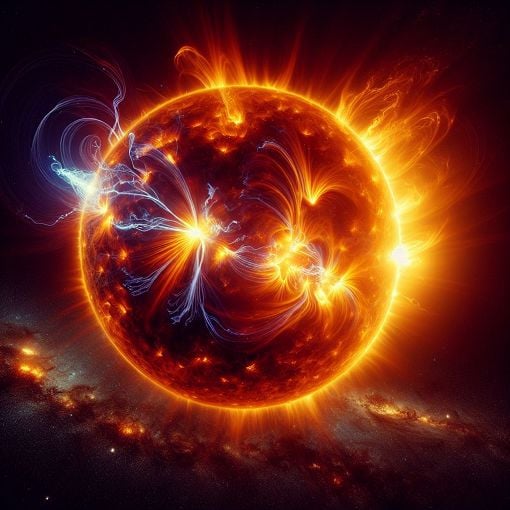The Sun
{"name":"The Sun", "url":"https://www.quiz-maker.com/QPREVIEW","txt":"Test your knowledge about the Sun and its incredible energy-producing mechanisms! This quiz covers various aspects of solar energy, fusion processes, and the scientific principles behind our closest star.Engage with these topics:Nuclear fusion and fissionThe composition of the SunEnergy production mechanismsPlasma and its significance","img":"https://cdn.poll-maker.com/104-5101673/img-gups42spjr3js4ggyhzvnxb0.jpg"}
More Quizzes
Geography Ch -1
105291
FOS FINAL
69340
Test
100
DO YOU LOVE TV
210
Can You Ace the NBA MVP? Test Your Hoops IQ Free!
201031834
What Taylor Swift Song Are You? Free to Find Out
201030339
Should I Quit Social Media? Take Our Quick Detox
201026972
Ultimate Why Did I Get Married Too: Movie Trivia
201026972
Name That Plant: Free Plant to Test Your Skills
201057293
Think You Know Cobra Kai? Take the Ultimate Now
201088500
How Well Do You Know Japanese Street Fashion? Take the!
201033971
Quiz: Are You Emo? Uncover Your True Emo Style
201031065
